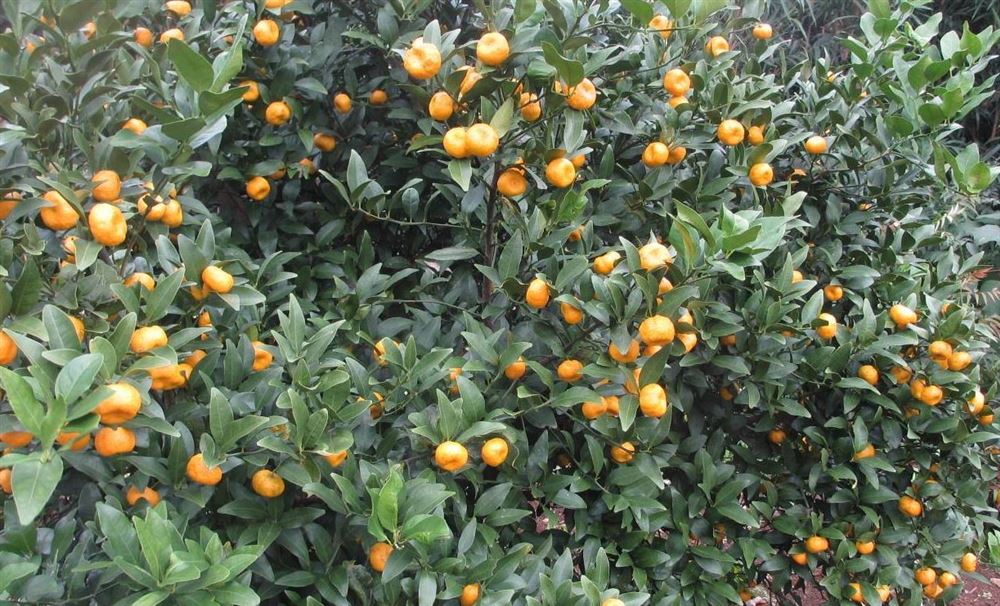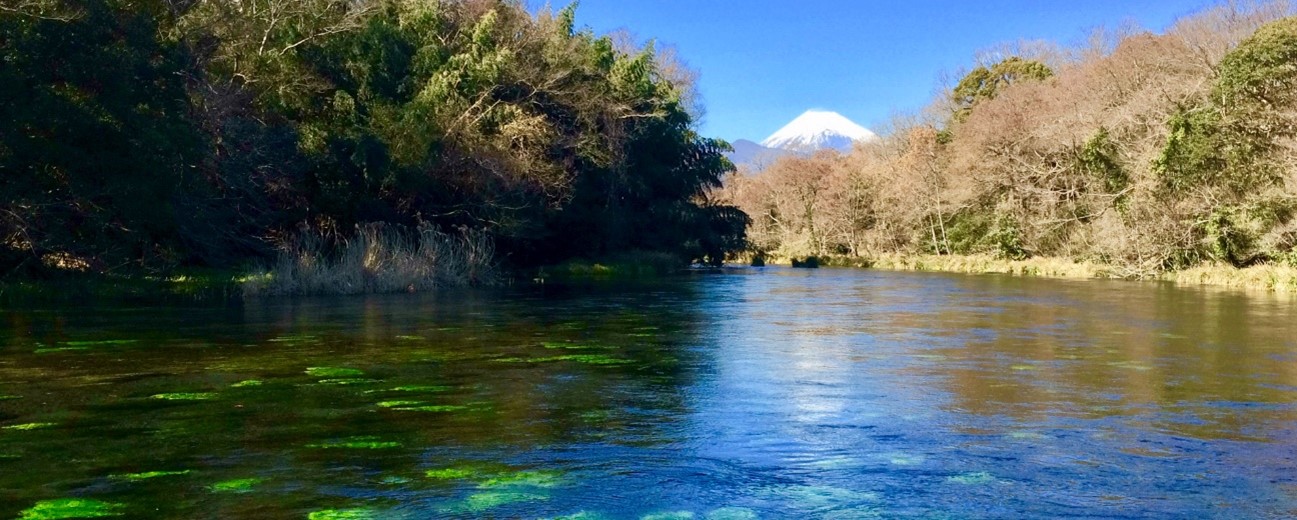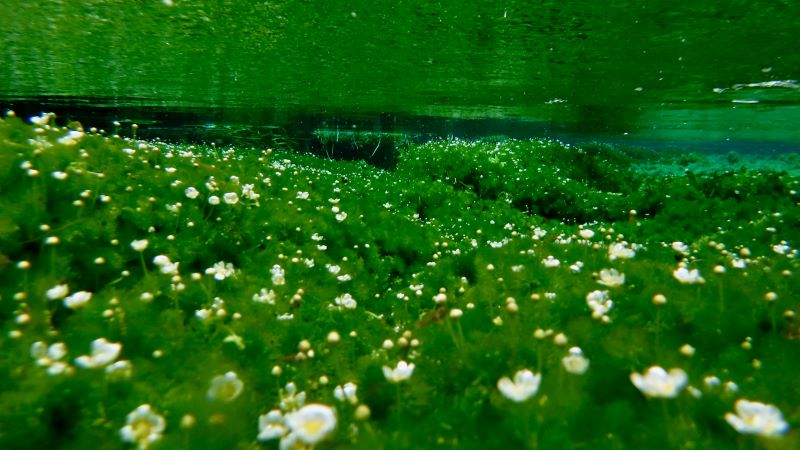.jpg)
.jpg)
STORY of Heda Tachibana
The citrus fruit with a timeless scent over an eternal time
Heda Tachibana

A long history
The story of Heda-Tachibana has been passed down through countless generations. Heda Tachibana has brought to us a rich scent that has never changed from ancient times.
Heda, the northernmost birthplace of Heda-Tachibana
Heda, in Numazu-city, Shizuoka, is located in a picturesque place, allowing you to see beautiful views of Mt.Fuji over Suruga Bay. It is a port town that is crowded with visitors who can enjoy swimming during summer, and eating delicious deep-sea fish from fall to spring. It is here, in the hills of Heda, that the northernmost birthplace of Heda-Tachibana lies. This type of citrus, which is unique to Japan and has been designated as an endangered species, bears fruit in winter and is characterized by its rich scent and refreshing sour taste. In Heda, we call it “Heda-Tachibana” and have been working on its preservation, planting, cultivation, and commercialization.
Miraculous medicine for perpetual youth and long life
In the oldest history books in Japan “Kojiki” and “Nihonshoki,” Tachibana was treated as a miraculous medicine for perpetual youth and long life, implying “a fruit giving off its scent forever.” In these books, the fruit was demanded by the 11th Emperor Suijin, who sent a servant to the “land in another world of perpetual youth and long life”. The type of fruit has long been so familiar among Japanese people that it was has been written about extensively, such as in many Japanese poems in “Manyoshu” and “Kokinwakashu”.
The fruit contains Nobiletin, which is thought to help prevent dementia
Citrus Tachibana contains more Nobiletin, which is a type of Flavonoids with high antioxidant power, than other type of citrus. This component has been thought to lead to a long life because it can be effective in controlling blood sugar and blood pressure, and can prevent cancer and metabolic syndrome. In addition, it is thought to be effective in preventing Alzheimer-type dementia as well as allergy relief.
A rich scent and sour taste to make dishes more delicious
The fruit of Tachibana has a richer scent and a more refreshing sour taste than another Japanese citrus called Yuzu. Its juice is mainly used to adjust the fragrance and sour taste of dishes, and its peel is used as a spice and seasoning.
STORY of KAKITA River
Asia's Largest Natural Spring - Nurtured by Mt. Fuji
THE KAKITA River
As for the KAKITA River, the rain and snow-melting water that has fallen in and around Mt. Fuji pass through the lava flow of Mt. Fuji and spring out in the urban area 40 or more kilometers away.
The amount of spring water is 1.1 million tons per day and boasts the highest amount of spring water in Japan. And about 20% of the spring water from Mt. Fuji springs from the KAKITA River.
Abundant water volume, constant annual water temperature, and extremely high-quality water quality equivalent to 1st grade by type of tap water nurtures valuable aquatic plants and rare ecosystems.

The KAKITA River shows us again the fact that a river is a source of life for fauna and flora. We, human beings also have our daily lives nourished by the river. To protect and preserve the KAKITA River is to protect ourselves and to take responsibility for our descendents at the same time.
